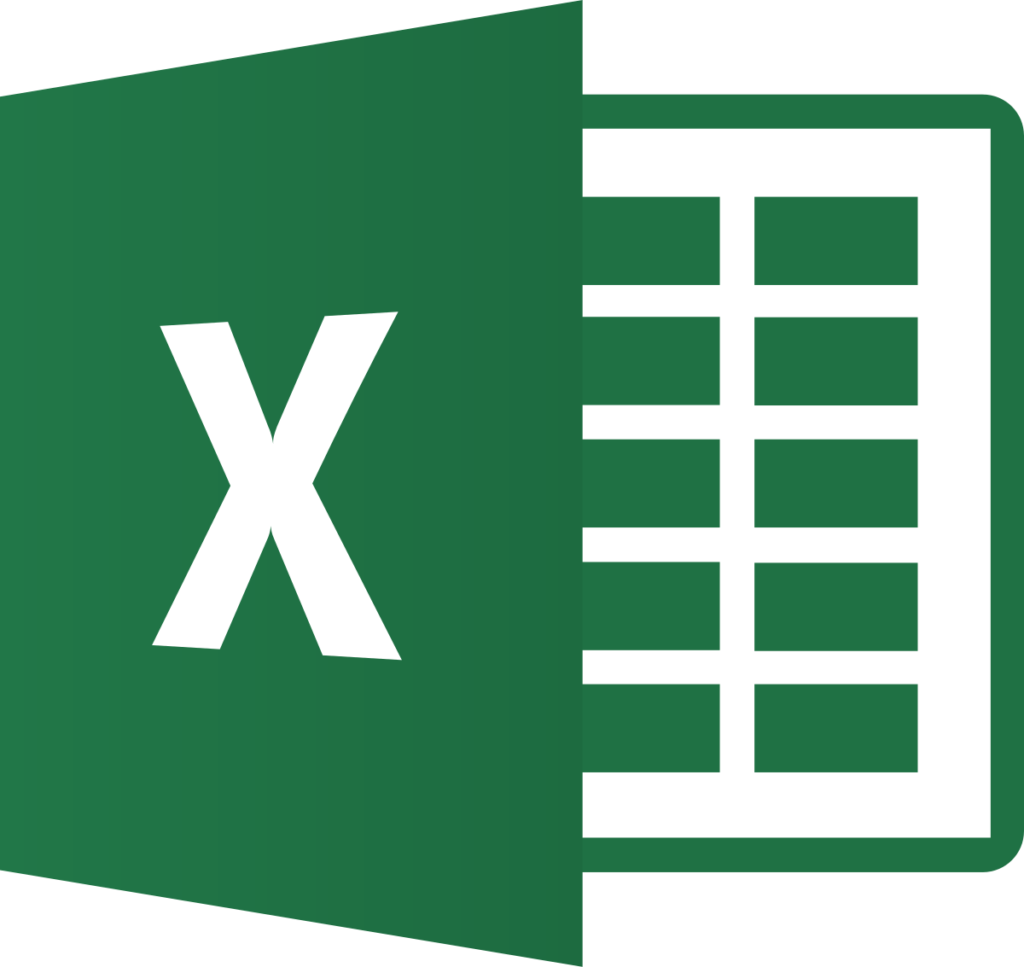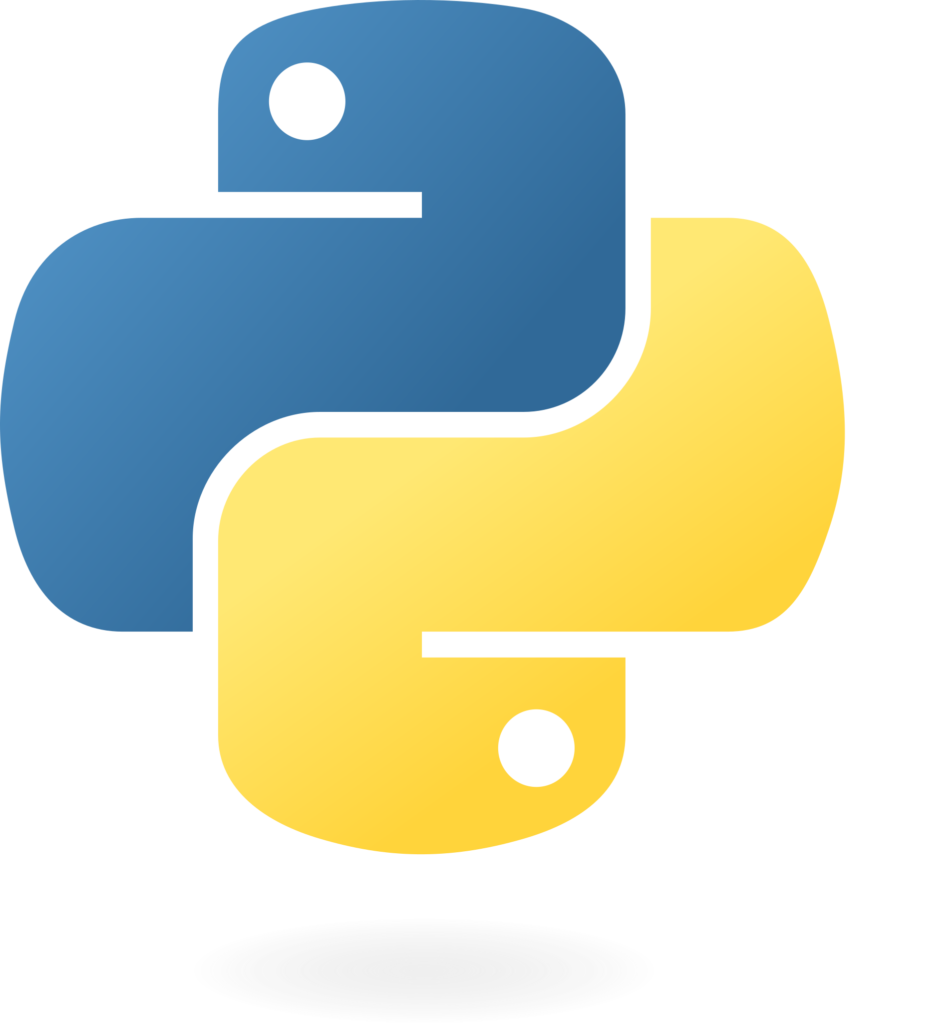Data Analyst Roadmap 2025: Your Guide to a Successful Career in Data Analytics
The field of data analytics has been growing exponentially, and as we move into 2025, the demand for skilled data analysts is at an all-time high. Companies rely on data analysts to make sense of vast amounts of information, derive actionable insights, and drive strategic decisions. If you aspire to become a data analyst or advance your career in this dynamic field, this roadmap is your comprehensive guide to success.
 is hiring for Business Analyst Intern
is hiring for Business Analyst Intern

Curriculum for Data Analyst

*Basic Excel Skills
- Basic Navigation:
- Excel Interface and Shortcuts
- Workbook and Worksheet Basics
- Data Entry:
- Formatting Cells (Numbers, Dates, Text)
- Copy, Paste, Autofill, Flash Fill
- Basic Formulas and Functions:
- Arithmetic Operations
- Logical Operators (AND, OR, NOT)
* Intermediate Excel Skills
- Data Cleaning and Preparation:
- Text Functions (LEFT, RIGHT, MID, TRIM, LEN)
- Find & Replace
- Removing Duplicates
- Splitting and Merging Data (Text to Columns)
- Conditional Formatting:
- Highlighting Rules
- Custom Conditional Formatting
- Functions for Analysis:
- LOOKUP (VLOOKUP, HLOOKUP, XLOOKUP)
- MATCH and INDEX
- IF, IFS, COUNTIF, SUMIF
- Date and Time Functions:
- TODAY, NOW
- DATEDIF, YEAR, MONTH, DAY
- NETWORKDAYS, WORKDAY
*Advanced Excel Skills
- Pivot Tables and Charts:
- Creating and Customizing Pivot Tables
- Grouping and Filtering in Pivot Tables
- Pivot Charts
- Data Visualization:
- Line, Bar, Pie, Scatter Charts
- Sparklines
- Dynamic Charts (Using Named Ranges)
- Data Analysis Tools:
- Goal Seek
- Solver
- Scenario Manager
- Advanced Formulas:
- Nested Functions
- Array Formulas (SEQUENCE, FILTER, SORT, UNIQUE)
- Advanced Logical Functions (SWITCH)
- Error Handling:
- IFERROR, ISERROR
Data Management
- Data Import and Export:
- Importing Data from CSV, Text, or SQL
- Power Query Basics
- Database Functions:
- DSUM, DAVERAGE, DCOUNT
- Data Validation:
- Drop-down Lists
- Custom Rules
- Named Ranges:
- Creating and Managing Named Ranges
- Using Named Ranges in Formulas
Statistical Analysis
- Descriptive Statistics:
- AVERAGE, MEDIAN, MODE
- VAR, STDEV
- FREQUENCY
- Regression and Forecasting:
- Trendlines
- LINEST, FORECAST
- Correlation:
- CORREL
- COVAR

*Basic SQL
- Introduction to SQL:
- What is SQL?
- SQL Syntax and Structure
- Database Concepts (Tables, Rows, Columns)
- Basic Queries:
- SELECT Statement
- Filtering with WHERE Clause
- Sorting with ORDER BY
- Basic Functions:
- Aggregate Functions (COUNT, SUM, AVG, MIN, MAX)
- String Functions (UPPER, LOWER, CONCAT)
- Date Functions (NOW, CURDATE, YEAR, MONTH)
*Intermediate SQL
- Joins:
- INNER JOIN
- LEFT JOIN (or LEFT OUTER JOIN)
- RIGHT JOIN (or RIGHT OUTER JOIN)
- FULL JOIN (or FULL OUTER JOIN)
- CROSS JOIN
- Subqueries:
- Single-row Subqueries
- Multi-row Subqueries
- Correlated Subqueries
- Grouping and Aggregation:
- GROUP BY Clause
- HAVING Clause
- Combining WHERE and HAVING
- Data Manipulation:
- INSERT INTO
- UPDATE
- DELETE
- Aliases:
- Column Aliases
- Table Aliases
*Advanced SQL
- Advanced Joins:
- Self Joins
- Equi and Non-equi Joins
- Window Functions:
- ROW_NUMBER
- RANK, DENSE_RANK
- NTILE
- PARTITION BY Clause
- Set Operations:
- UNION and UNION ALL
- INTERSECT
- EXCEPT
- Case Statements:
- Using CASE for Conditional Queries
- Advanced Functions:
- COALESCE
- NULLIF
- CAST and CONVERT
*Database Management
- Schema Design:
- Understanding Primary Keys and Foreign Keys
- Constraints (NOT NULL, UNIQUE, DEFAULT)
- Indexes
- Views:
- Creating and Managing Views
- Advantages of Views
- Stored Procedures and Functions:
- Writing Stored Procedures
- User-defined Functions
- Triggers:
- What are Triggers?
- Using Triggers for Automation
Performance Optimization
- Query Optimization:
- Using Indexes
- Query Execution Plans
- Avoiding Common Pitfalls (e.g., SELECT *)
- Database Normalization:
- Normal Forms (1NF, 2NF, 3NF)
- De-normalization Techniques
Data Analysis
- Data Extraction:
- Exporting Query Results
- Connecting SQL to BI Tools (Tableau, Power BI)
- Data Cleaning:
- Handling NULL Values
- Deduplication Techniques
- Statistical Analysis:
- Percentiles
- Running Totals
- Histograms with SQL
SQL for Big Data
- Working with Large Datasets:
- Using LIMIT and OFFSET
- Partitioning and Bucketing
- NoSQL Basics (Optional):
- Difference Between SQL and NoSQL
- Querying JSON Data in SQL (e.g., MySQL, PostgreSQL)
Security and Access
- User Management:
- Creating Users and Roles
- Granting and Revoking Permissions
- Database Security:
- Preventing SQL Injection
- Securing Sensitive Data

*Basic Python
- Introduction to Python:
- Setting up Python Environment (Anaconda, Jupyter, etc.)
- Python Syntax and Basic Structure
- Writing and Running Python Scripts
- Basic Data Types:
- Integers, Floats, Strings, Booleans
- Type Conversion
- Control Structures:
- Conditional Statements (if, elif, else)
- Loops (for, while)
- Basic Functions:
- Defining and Calling Functions
- Arguments and Return Values
*Intermediate Python
- Data Structures:
- Lists, Tuples, Sets, Dictionaries
- List Comprehensions
- String Manipulation:
- String Methods (split, join, replace, etc.)
- Regular Expressions (re module)
- Error Handling:
- Try-Except Blocks
- Raising Exceptions
- File Handling:
- Reading and Writing Files
- Working with CSV and Text Files
- Modules and Packages:
- Importing Modules
- Using Standard Libraries (os, math, random)
*Data Analysis in Python
- NumPy:
- Arrays and Array Operations
- Indexing and Slicing
- Statistical Functions (mean, median, std)
- Pandas:
- DataFrames and Series
- Data Cleaning (Handling Missing Data, Removing Duplicates)
- Data Aggregation (groupby, pivot tables)
- Merging and Joining DataFrames
- Matplotlib and Seaborn:
- Basic Plotting (Line, Bar, Scatter)
- Customizing Plots
- Advanced Visualization (Heatmaps, Pairplots)
- Data Input and Output:
- Reading/Writing CSV, Excel, and JSON files
- Connecting to Databases using SQLAlchemy
*Advanced Python for Data Analysis
- Data Wrangling:
- Reshaping Data (Melt, Pivot)
- Feature Engineering
- Scaling and Normalization
- Exploratory Data Analysis (EDA):
- Descriptive Statistics
- Correlation Analysis
- Outlier Detection
- Time Series Analysis:
- DateTime in Python
- Handling Time Series Data
- Rolling, Expanding, and Window Functions
Machine Learning Basics
- Introduction to scikit-learn:
- Train-Test Split
- Simple Regression and Classification Models
- Model Evaluation (Accuracy, Precision, Recall)
- Clustering:
- K-means and Hierarchical Clustering
- Dimensionality Reduction (PCA)
- Text Analysis:
- Tokenization and Word Frequencies
- Using nltk and TextBlob Libraries
Process
1. Understanding the Role of a Data Analyst
A data analyst bridges the gap between raw data and actionable insights. Their primary responsibilities include:
- Collecting and cleaning data from various sources.
- Analyzing data to identify trends and patterns.
- Creating visualizations to communicate findings.
- Collaborating with stakeholders to solve business problems.
The role is versatile and spans industries such as finance, healthcare, retail, and technology, making it an exciting career choice with diverse opportunities.
2. Key Skills Required for Data Analysts in 2025
To succeed as a data analyst, you need to master a blend of technical and soft skills:
Technical Skills:
- Data Analysis Tools: Proficiency in tools like Microsoft Excel, SQL, Python, and R is essential for data manipulation and analysis.
- Data Visualization: Mastery of tools like Tableau, Power BI, or Looker to create intuitive dashboards and reports.
- Statistical Knowledge: A strong understanding of statistical methods, hypothesis testing, and probability to draw accurate conclusions.
- Data Wrangling: Skills in cleaning and transforming messy datasets into usable formats.
- Database Management: Knowledge of relational databases and data querying techniques using SQL.
- Basic Machine Learning: Familiarity with machine learning concepts and libraries like Scikit-learn or TensorFlow can be a bonus.
Soft Skills:
- Problem-Solving: The ability to approach business challenges with analytical thinking.
- Communication: Effectively presenting findings to both technical and non-technical stakeholders.
- Critical Thinking: Interpreting data insights to make informed recommendations.
3. Emerging Trends in Data Analytics
The data analytics landscape is evolving, and staying updated with the latest trends is crucial:
- Cloud Computing: Proficiency in cloud platforms like AWS, Azure, or Google Cloud for data storage and processing.
- Big Data Tools: Familiarity with tools like Hadoop, Spark, and Kafka for handling large datasets.
- Data Ethics: Understanding data privacy regulations and ethical considerations when working with sensitive data.
- AI-Powered Analytics: Leveraging AI tools for predictive analytics and automated decision-making.
4. Building Your Technical Foundation
Begin your journey by building a strong foundation in core technical skills:
Step 1: Learn Data Analysis Basics
Start with Excel and SQL, as they are widely used tools for data analysis. Platforms like Coursera, Udemy, and YouTube offer beginner-friendly courses.
Step 2: Master Programming Languages
Learn Python or R to handle complex data analysis tasks. Focus on libraries like Pandas, NumPy, and Matplotlib in Python or ggplot2 and dplyr in R.
Step 3: Explore Data Visualization Tools
Get hands-on experience with Tableau or Power BI to create compelling visualizations. These tools are user-friendly and have free versions for learners.
Step 4: Strengthen Your Statistical Skills
Dive into statistics to understand concepts like regression, correlation, and variance. Books like “Statistics for Data Scientists” are great resources.
5. Choosing the Right Certifications
Certifications can boost your resume and validate your skills. Here are some highly recommended certifications for aspiring data analysts in 2025:
- Google Data Analytics Professional Certificate: A beginner-friendly program covering the fundamentals of data analysis.
- Microsoft Certified: Data Analyst Associate: Focused on Power BI and other Microsoft tools.
- Tableau Desktop Specialist: Demonstrates expertise in Tableau.
- AWS Certified Data Analytics – Specialty: Validates skills in using AWS for data analytics.
6. Hands-On Projects: Building a Portfolio
Employers value practical experience, and a strong portfolio can set you apart. Here are some project ideas to showcase your skills:
- Customer Sales Analysis: Analyze sales data to identify trends and improve customer retention.
- Social Media Sentiment Analysis: Use Python to analyze sentiment from Twitter or other platforms.
- Employee Performance Dashboard: Create a Tableau dashboard to visualize employee performance metrics.
- Market Basket Analysis: Perform association rule mining on retail transaction data.
7. Networking and Building Industry Connections
Networking is a powerful tool for career growth. Here are some ways to connect with industry professionals:
- LinkedIn: Build a professional profile, share insights, and engage with content from other data analysts.
- Online Communities: Join forums like Kaggle, Reddit’s r/dataanalysis, or local data science meetups.
- Hackathons: Participate in hackathons to solve real-world problems and meet like-minded professionals.
8. Preparing for Job Applications
Step 1: Create an Impressive Resume
Highlight your technical skills, certifications, and project experience. Use action verbs and quantify achievements where possible.
Step 2: Write a Strong Cover Letter
Tailor your cover letter to the company and role. Explain how your skills align with their needs.
Step 3: Prepare for Interviews
Brush up on common data analyst interview questions, such as:
- How do you handle missing data?
- Explain the difference between clustered and non-clustered indexes.
- How would you approach a business problem with incomplete data?
Practice explaining your portfolio projects to demonstrate your problem-solving skills and technical expertise.
9. Continuous Learning and Staying Updated
Data analytics is a rapidly changing field, so continuous learning is essential:
- Stay Updated: Follow industry blogs, podcasts, and thought leaders to stay informed about new tools and techniques.
- Advanced Learning: Explore advanced topics like machine learning, natural language processing (NLP), and big data analytics.
- Experiment: Continuously work on personal projects to enhance your skills and explore new tools.
10. The Future of Data Analytics
The demand for data analysts is expected to grow as organizations increasingly rely on data-driven decision-making. Emerging technologies like AI and big data will create new opportunities and challenges, making it a rewarding field to build a career.
Conclusion
Becoming a data analyst in 2025 requires a combination of technical expertise, soft skills, and a commitment to continuous learning. By following this roadmap, you can build a strong foundation, stay ahead of industry trends, and position yourself for success in this exciting field. Start your journey today, and unlock the power of data to shape the future!

